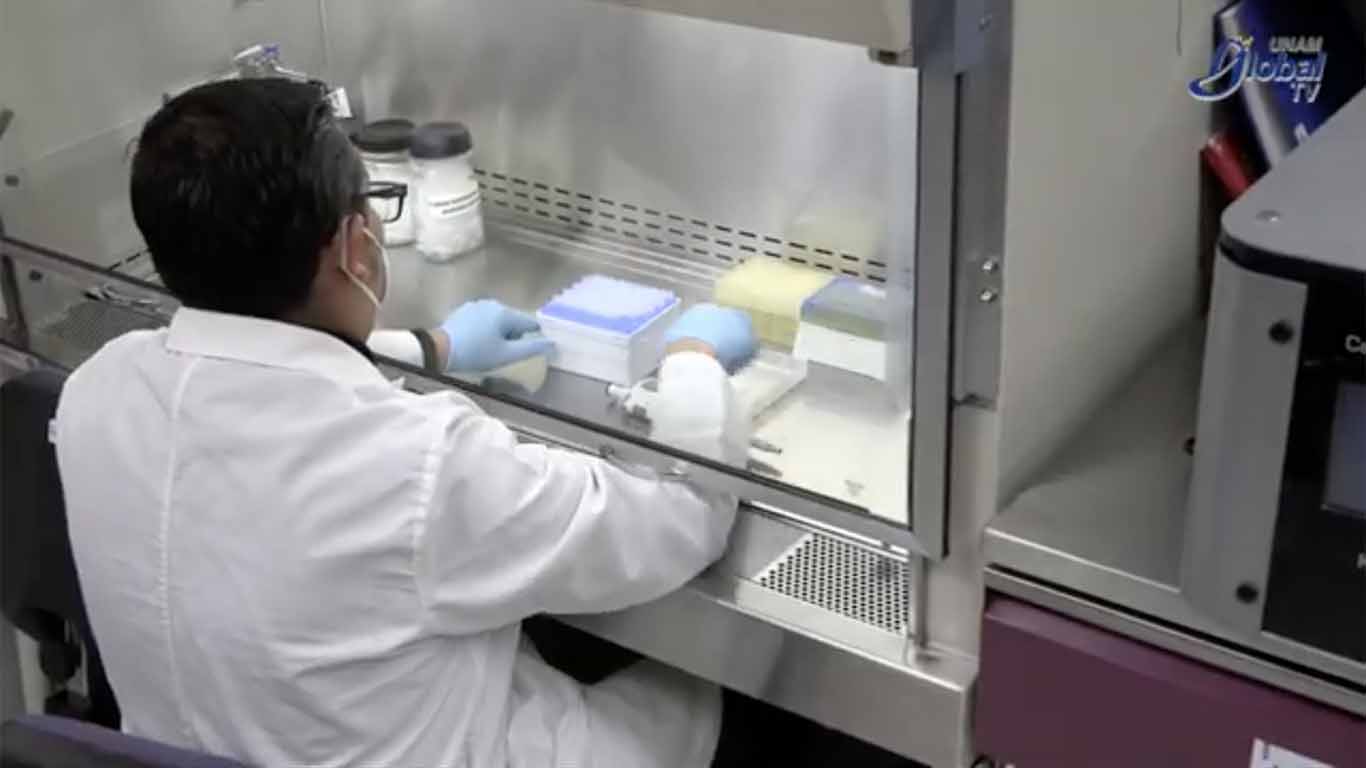Heat rash, also called heat rash and miliaria, doesn’t just affect babies. It also affects adults, especially in hot and humid conditions.
Heat rash occurs when sweat gets trapped on the skin. Symptoms can range from small blisters to deep, inflamed bumps. Some forms of heat rash are very itchy.
Heat rash usually goes away once the skin cools down. Severe forms of the condition may require treatment by your health care provider.
Miliaria (heat rash) in adults usually occurs in skin folds and where clothing rubs against the skin. In the case of babies, the rash appears mainly on the neck, shoulders and chest. It can also occur in the armpits, in the inner crease of the elbow, and in the groin.
Miliaria types are classified according to how deep sweat is trapped in the skin. The signs and symptoms of each type vary.
The mildest form of heat rash is called miliaria cristalina. It occurs when the opening of the sweat duct on the surface of the skin (sweat pore) is blocked. This form is characterized by the formation of small, transparent, fluid-filled bumps that rupture easily. One type that occurs deeper in the skin is called miliaria rubra. It is sometimes called sudamine. Signs and symptoms include small, swollen, blister-like bumps and itching or tingling in the affected area. Sometimes the inflamed bumps of miliaria rubra fill with pus. This form is called miliaria pustulara. A less common form of heat rash is called miliaria profunda. This affects the deepest layer of the skin (dermis). This causes firm, swollen bumps that are painful or itchy, look like goosebumps, and may rupture.
Heat rash is cured by cooling the skin and avoiding the heat exposure that caused it. See your health care provider if you or your child experience symptoms that last more than a few days or if the rash seems to be getting worse.

Factors that increase the risk of miliaria (heat rash) include the following:
Being a newborn, since these have immature sweat ducts. Living in a hot and humid climate. Do physical activity. Being at rest for a long time and having a fever.
No tests are necessary to diagnose miliaria. The health care provider can usually diagnose it by examining the skin. A condition that resembles miliaria is transient neonatal pustular melanosis. The Transient neonatal pustular melanosis It mainly affects newborns with brown or black skin. This condition is harmless and goes away in a couple of days without treatment.

To treat mild miliaria, the skin is cooled and the heat exposure that caused it is avoided. Once the skin cools, mild miliaria usually disappears quickly.


